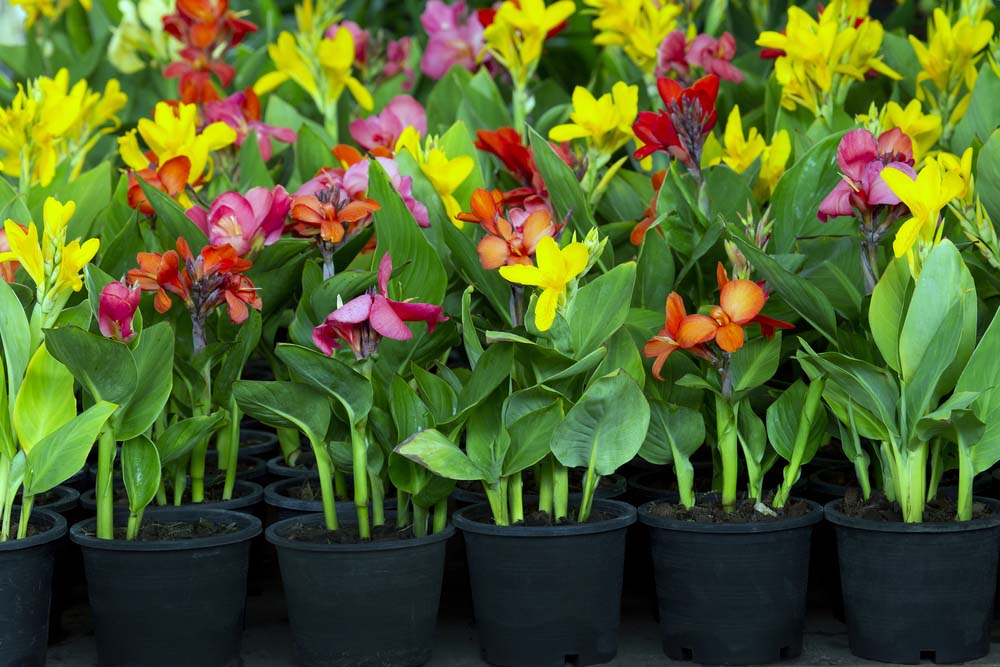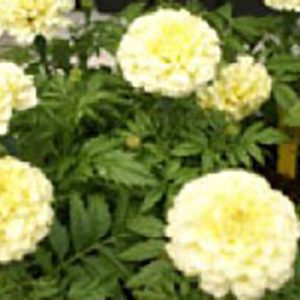Description
produces large leaves and in late summer into early fall bears large flowers orange/yellow/white/spotted combination and more
tender perennial needs to be in a sheltered site away from wind
full sun
comes in 1 gallon size container
Canna – Indian Shot –
There are about 50 species of robust, rhizomatous herbaceous perennials, in this genus. They occur mainly in forest margins and moist open areas in forest in Asia and tropical North and South America. Cannnas are grown for their large, alternate, paddle shaped leaves, in greens, bronze, or purple, or sometimes white or yellow striped, and are 12-24″ long in most species and cultivars, they are pinnately veined and sheathed at the bases. The racemes or panicles of brightly colored flowers are also attractive, each asymmetric flower having 3 petals joined into a tube at the bases, 3 sepals, and showy stamens in color ranges from red, orange, and yellow, through to apricots, creams, and pinks and bi-colors. Hundreds of hybrids have resulted from complex crosses between various species, they are often grouped under the names C. x generalis and C. x orchioides.Because the distinctions between these hybrid groups have been blurred by further interbreeding, these names have not been used in the descriptions below.
Where not hardy use cannas in summer bedding and lift for winter, or grow in containers or in cool conservatory or greenhouse.In warmer areas, grow in a border.
Outdoors, grow in fertile soil in full sun, water freely in dry spells. Deadhead to promote continued flowering. Where not hardy, plant out in early summer. After autumn frost blackens the foliage, remove the stems and leaves, and lift rhizomes for winter storage, store in barely moist peat or leaf mold in frost free conditions. Divide in spring.
Most are suitable for Zones 8-11.




